Customer-Centric Engagement:
Utilize Salesforce Energy & Utilities Cloud to create a 360-degree view of each customer. This enables personalized interactions, better customer service, and tailored energy solutions. Implement self-service portals and mobile apps to empower customers to manage their accounts, monitor energy consumption, and access billing information easily.
Field Service Optimization:
Leverage field service management features within Salesforce to optimize scheduling, routing, and resource allocation for field technicians. Equip field teams with mobile tools that provide real-time access to customer information, equipment status, and service histories, improving response times and overall service quality.
Predictive Maintenance and Asset Management:
Harness the power of data analytics to predict equipment failures and maintenance needs. Salesforce Energy & Utilities Cloud can help in analyzing historical data to identify trends and patterns. Proactively schedule maintenance, reducing downtime and improving the reliability of critical infrastructure.
Renewable Energy Integration:
Embrace renewable energy sources, such as solar and wind, and integrate them into your service offerings. Implement programs that encourage customers to adopt clean energy solutions, including incentives, net metering, and community solar projects, to promote sustainability and reduce greenhouse gas emissions.
Regulatory Compliance and Reporting:
Configure Salesforce to track and report on regulatory compliance requirements, ensuring adherence to industry regulations and standards. Maintain a centralized repository for compliance data and documentation, facilitating efficient auditing and reporting processes.
By implementing these strategies, businesses in the energy and utilities sector can optimize their operations, enhance customer satisfaction, and adapt to the changing landscape of the industry, ultimately promoting sustainability and responsible resource management.
